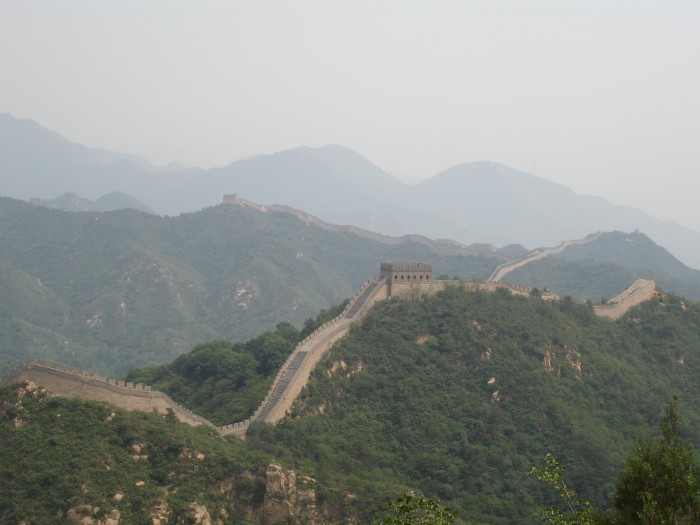Why Beijing is a Must-See Destination in China
As China becomes the favorite study abroad and gap year destination for most of the students in the United States, the question arises as to which remains the most qualified destination that can help students get an overview of the modern China as well as expose them to the bygone Chinese culture. One immediate easy answer is Beijing City, which almost all students studying abroad in China visit. The following article describes why.
Importance of Beijing in the History of China and its Present
China has been prominent on the world map as a bustling economy. Its economic prowess has surpassed most of the developed nations and it is set to become the economic superpower in the coming decade. There is no surprise therefore that a lot of study abroad programs and gap year jobs are based in China. Students and professionals alike want to know more about this country which has been an enigma for a very long time. In the past, there has been only the minimal social interaction between China and the world, and therefore a lot of its culture is unknown to masses. If one has to target China as a market place or a study abroad destination, one would first have to understand the culture and the language of the country before anything else.
Chinese language programs and similar gap year programs which focus on China incorporate elements of fine art and travel along with the language. The idea is to help students understand the roots of the culture. Hence the itineraries include a lot of historical places along with offbeat destinations which depict the oriental China. One of the most important cities in the country is Beijing which is the hub of corporate and international business in China. There are many programs for learning Mandarin which take students in and around Beijing. The reason is that Beijing represents the modern China as well as is the gateway to the ancient China.
The first example will be the Hutongs of the city that have played a major role in the development of the city both economically and culturally. Hutongs have existed for more than 700 years and they are an integral part of the old Beijing City. They are pathways, alleys and lanes that are built around a courtyard and have served as the communal channel helping social interaction. Today they stand as a heritage to the city and a large number of them have been preserved under government orders. The new city is marked by sky scrapers while the old one still retains the courtyards, houses and ‘hutongs’ from the centuries gone by.
But Beijing does not only have to offer the old city sights. There are many other places to visit in the vicinity of the city that offer comprehensive insight into the rich past and the cultural heritage of the Chinese. Barely 90 km from the city lies a village called Cuandixia. This is a 600-year-old village which shot to fame for its beauty when it was depicted in the Chinese movie called the ‘Warlords’. It still has 500 rooms and 70 courtyards from the old era which are used by tourists for accommodation purposes.
Another is Songzhuong Village in Tongzhou District lying on the eastern suburbs of Beijing. Set up in the 1980s, this village is home to more than 2000 artists from across the country. It has become the artistic hub of China and has gained international repute for producing the finest contemporary and traditional art of the country.
Tom Hopkins is an Editor in Chief, working for Minds Abroad your informed counselor for study abroad & travel programs in China. Learn Mandarin in China and enrich your cross-cultural experience. For more posts and information on places of cultural and historical interest that we take our students to, visit www.mindsabroad.com
These are only a few examples of the diversity of Beijing and it is truly a treasure-trove for visitors and students alike.




